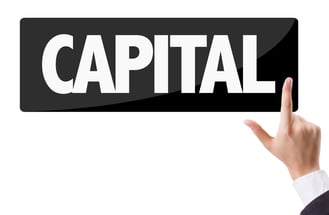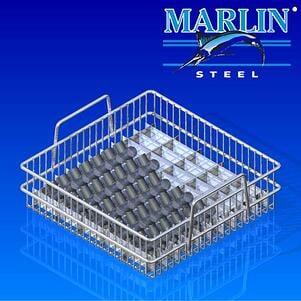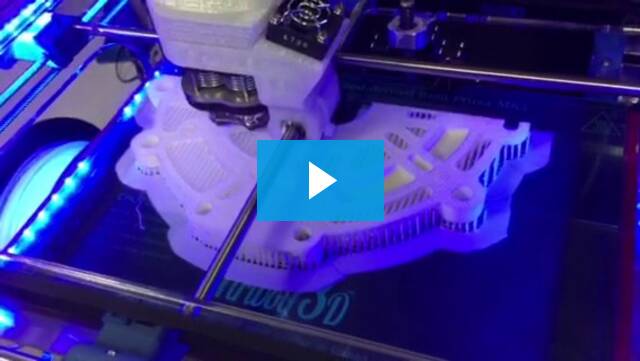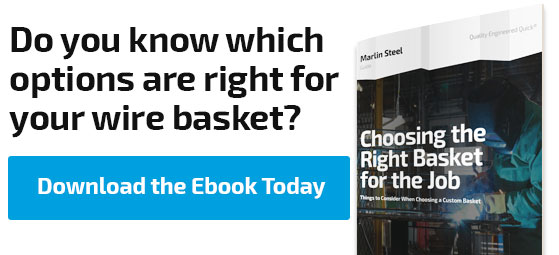 Growing a business can be expensive. The funds needed to make investments in the various types of manufacturing equipment, factory space, and talent that a manufacturer requires to do business can be astronomical.
Growing a business can be expensive. The funds needed to make investments in the various types of manufacturing equipment, factory space, and talent that a manufacturer requires to do business can be astronomical.
Even when business is strong and production orders are coming in as fast as you can process them, it’s still good business sense to find ways to stretch your capital investment dollar as far as it can go. After all, being able to do more with less is a key part of lean manufacturing, and a great way to maintain a competitive edge.
Many recent advancements in manufacturing technology have helped to make manufacturers more efficient than ever before. This, in turn, helps to stretch out the capital investments you make.
One example of a recent technology that helps to reduce the cost of certain manufacturing processes and make your capital investment dollar go further is 3D printing.
How does 3D printing lead to reduced costs?
Here are a few examples of the ways that 3D printing reduces the cost of capital investments:
Ability to Make Prototypes without Incurring Tooling Costs
When you’re trying to create a prototype or even a scale model of a design, there are certain extra costs that get incurred as a result of the prototyping process. Tooling costs for setting up the manufacturing tools you need for the task of creating your prototype are almost inevitable… or are they?With 3D printing, special fittings and parts can be made without having to make special adjustments to the 3D printing device. All objects made by a 3D printer are assembled layer by layer in the same manner, no matter how complicated the shape is. The only costs are the typical operating costs of the machine for any project: time, energy, and raw materials.
This allows you to quickly make a limited run of special parts for your prototype part or product without having to pay and wait for a lot of overly-complicated setup just to have your practical proof of concept. Because of this, it is much easier to justify the creation of real-world tests of a concept.
Reduced Downtime for Switching Product Lines
In addition to saving money on tooling costs, 3D printing minimizes the time lost on production for creating a prototype part. Since you don’t have to wait for tooling to be completed, you can skip right to production of your prototype, minimizing downtime on your production line.
This further reduces the costs of prototyping, as the reduction in downtime means that your production line isn’t held up for as long, allowing you to keep producing the parts and products that bring in the money for your company even as you test new concepts and designs.
3D printing helps to make switching from production on one product line to another quick and inexpensive.
Improved Material Efficiency
Injection molds are a popular way to quickly create mass amounts of polymer products. However, the technique of filling a pre-shaped cavity with liquid polymer can be wasteful of materials.
Additive manufacturing techniques such as 3D printing are incredibly efficient. Here, the 3D printer uses only as much material as is needed to make whatever part you need, rather than what would be required to fill an injection mold.
Also, 3D printing provides greater freedom to create intricate, complicated shapes that have layered structures than an injection mold would allow. Larger shapes with hollow cavities are also simpler to create with 3D printing techniques than injection molds.
For example, say you needed to create a cylindrical object with a series of internal cross braces to improve stability. This kind of complicated shape would be nearly impossible to make with an injection mold without dividing it among several different molds to be assembled later, each one taking up as much material as needed to fill the mold. A 3D printing device could make this type of shape with ease.
With some 3D printers having a margin of error less than two microns, it is easy to conserve material and save money.
Creating Custom Inserts for Containers
 Rather than building or ordering a dozen different containers for each of your product lines, it may be less costly to use one type of basket for all of your products and simply use removable inserts to modify the functionality of your custom wire baskets or parts racks.
Rather than building or ordering a dozen different containers for each of your product lines, it may be less costly to use one type of basket for all of your products and simply use removable inserts to modify the functionality of your custom wire baskets or parts racks.
For example, say you wanted to use a basket for ultrasonic parts washing. The basket itself is able to survive the process fine, but ends up scratching your delicate parts. The typical solution is to coat the basket in PVC or some other soft material.
However, with a 3D printer, you could create an insert to hold parts in place so that they don’t get scratched, without ruining that basket’s viability for use in other processes where PVC coatings would be unsuited.
To tell the truth, there are many ways that this technology could potentially save manufacturers money, even ones that we might not know about yet. Check out our 3D printing page to learn more about Marlin’s 3D printing capabilities.




.gif)


